Be adaptive in your approach to each unique context and culture.
Recognise that pleasure-based sexual health is possible for all.
If you ask people why they have sex, you are likely to get a huge variety of answers. (See our fun postcard where we asked people why they have sex). However, most people from around the world will mention satisfaction and pleasure as key reasons why they have sex. However, there is no “one-size-fits-all” way to have sexual pleasure. In our work, we should acknowledge the diversity of backgrounds, lived realities, and cultures when it comes to experiences of pleasure.
Educators and providers often forget to address the reasons why people form intimate relationships, fall in love, have sex, and engage in certain sexual behaviours when they focus their messages on only avoiding disease or mistimed pregnancy. The spectrum of reasons for having sex such as pleasure, intimacy, reciprocity, love, improved social relationships, economic advancement, and social prestige are often ignored.
However, as professionals, we can play an important role in creating safe spaces for learners/clients to explore their sexuality, pleasure, and sexual expression. This can further help people develop greater confidence in sexual relationships and sense of sexual self. An unwillingness and inability to discuss sex and sexual pleasure may, for example, limit clients’ and learners’ knowledge of the full range of options that are known to be enjoyable in sex, including oral and anal sex or any other form of giving and receiving pleasure.
Being flexible means that you can fit and connect to the age, identity, sexual experience, family and community values, social circumstances, and the culture of your clients and learners. There are many factors that play a role in how sexual pleasure is perceived, which include political and social views of sex, media norms, the laws in that context and educational policies. It is important to remember culture or norms are not static and change over time. For example, in 30 countries same sex unions are now legal, whereas in 71 it is still a criminal offence to have consensual same sex relationships. However, there is positive change and in recent years, Bhutan, Botswana, India and Gabon all repealed their anti-homosexuality laws.

Many cultural narratives are silenced and ridiculed when viewed through the lens of historically dominant cultures. For example, in some tribes in the South Pacific, older women’s sexual wisdom is seen as important to show men and others how to experience pleasure. In some cultures, there is no shame to women having many partners before marriage. Similarly, having multiple partners or divorcing and remarrying is considered culturally appropriate in Western European or Nordic countries. These practices might be the norm to one person or community and very transgressive to another. If all parties involved can consent and sexual rights are upheld, then we need to examine how our judgement and views may be influenced by our own culture.
To be context aware, you need to reflect on these factors, for example:
- What is the timing of having sex: before marriage, outside marriage; monogamy versus polygamy; acceptable sex positions; alternative ways for sexual pleasure/orgasm
- What are the gender role expectations of a sexual encounter?
- Are there specific rituals around hygiene and sexual encounters?
- What are the legal issues versus the social norms with regard to sexual behaviour, including first age of sexual intercourse, access to SRH services
- How does information including pornography contribute to knowledge on sexuality
However, contextualization is not the same as adapting to the values of people who have power in the community. Furthermore, whatever the context is, it is important to strengthen values about sexuality and sexual wellbeing from a sexual rights perspective, while at the same time realizing that this may pose challenges in some cultures and for some religious to traditional groups. It is only through dialogue that we can begin to address sexual pleasure – either with clients/learners or within a sexual relationship. As a professional, finding common ground between faith or traditional values and sex-positive values of dignity, equality, respect, and compassion is vital.
It is useful to reflect on sexual norms using a historical context. For example, many more pleasure positive norms or practices were shamed and outlawed by colonial powers and now remain a dominant social norm.
The World Association of Sexual Health in its technical document to accompany the Sexual Pleasure Declaration mentions some of these cultural powers.
“Within Brazilian culture, the concept of tudo or “everything” refers to the world of erotic experiences and pleasures. Sects of Buddhism have historically stressed the importance of pleasurable sexual unions for spiritual awakening. Islam has a history of affirmatory statements in the Koran. In Turkey, a country not known for its affirmation of women’s sexual pleasure, grassroots efforts have emphasized sexual pleasure as a woman’s human right in recent decades”.
How can we Be Flexible in our work?
Here are some points of reflection you could consider
- Be ‘sex critical’ – discuss the dominant social and cultural norms about sexuality and support your learners to be critical of these norms too. Being critical doesn’t mean that you must disagree with dominant social norms about sex and sexuality in your community. It means that you need to be able to identify what is seen as ‘normal’ and ‘abnormal’, ‘good’ and ‘bad’ within your community and think about whose interests these categories serve. Who has the power to define what is ‘normal’ and ’good’?
- Reflect on who creates narratives of pleasure; and how they recognize people’s experiences, including history of suppression of pleasure for certain groups. You can refer to this tool to reflect on and analyse your context.
- Contextualization is not the same as conforming to the values of people who have power in the community [See The Pleasure Principle “Be Universal”]. Remember that there can be multiple layers of stigmatisation, oppression and power which might come into play – throw light on them and enable people to affirm their autonomy and identity.
- Be a role-model by encouraging more open communication about sexuality. Check out The Pleasure Principle Talk Sexy on crafting sex-positive language and messaging.
- As a professional, you can address much broader aspects of the context that restrict people’s ability to have rights-based sexual pleasure. Effective interventions include challenging social, political, economic, and religious structures, systems and inequalities that affect women, youth, and discriminated groups’ sexual expression.
- Whatever the context, it is important to strengthen values about sexuality and sexual well-being from a sexual rights perspective (See The Pleasure Principle Rights First].
Tips and Actions
- Be respectful of existing norms, but define a minimum of what you would consider as an effective introduction of sexual pleasure/well-being.
- Understand the demographics of your learners and clients. Identify and work with them to understand their context, realities, communities, safe spaces, and identities. You might want to use The Pleasure Project’s “Things that Give Me Pleasure” exercise for group work.
- Address primary concerns and sexual rights such as freedom of expression. Establish ground rules to safeguard these concerns and freedoms. (See an example of a ground rule exercise here.)
- Even if you have certain beliefs that run counter to the declaration of sexual rights, you need to explain sexuality in a respectful, fact-based, and non-stigmatising way. Finding a common ground between faith/restrictive cultures and sex-positive values of dignity, equality, respect and compassion is vital.
- Keep in mind that there is a wide diversity of sexual practices. Some of them may change over time and across contexts. Additionally, they are influenced by many factors like, for instance, technology. To start a conversation, it’s crucial to keep an open mind and contextualize sexual practices in a sexual rights framework.
Examples of work / initiatives / programmes
Good examples of how to address the differences in people’s realities are
Further resources you might find useful
Boundless (2016, June). Socialization and Human Sexuality. Boundless Sociology. Retrieved from: https://www.boundless.com/sociology/ textbooks/boundless-sociology-textbook/sexuality-20/socialization-and-human-sexuality-137/socialization-and-human-sexuality-751-10492
Coleman, E., Corona E. & Ford J.V. (2021) Advancing Sexual Pleasure as a Fundamental Human Right and Essential for Sexual Health, Overall Health and Well-Being: An Introduction to the Special Issue on Sexual Pleasure, International Journal of Sexual Health, DOI: 10.1080/19317611.2021.2015507
Coram/IPPF (2014). Inception Report. Qualitative research on legal barriers to young people’s access to sexual and reproductive health services. See: https://bit.ly/36hcA9Y
Ford, J.V., Corona, E., Cruz, M., Fortenberry, J.D., Kismodi, E. Philpott, A.. Rubio-Aurioles, E. & Coleman, E. (2022): The World Association for Sexual Health’s Declaration on Sexual Pleasure: A Technical Guide, International Journal of Sexual Health, DOI: 10.1080/19317611.2021.2023718
Habeeb, A. (2018), ‘Kunyaza: The Secret to Female Pleasure’, KaBaah publishers
Maxwell, C. (2006) ‘Context and ‘contextualisation’ in sex and relationships education’, Health Education, 106(6): 437-449 https://bit.ly/3tcVF18
Nasserzadeh, S. & Azarmina P. (2017), Sexuality Education: Wheel of Context,
Nawej, U. , ‘Erotic Africa: La décolonisation sexuelle – redécouvrons la sexualité africaine précoloniale sans tabous judéo-chrétiens imposés par les blancs’ [Erotic Africa: Sexual decolonization – let’s rediscover pre-colonial African sexuality without white Judeo-Christian taboos] see his you tube in English at the world’s first Clitoris Summit here
Save the Children /Inerela (2016). Religion and sexuality A report on faith-based responses to children’s Comprehensive Sexuality Education and Information . See: https://bit.ly/37ntAMc
UNESCO (2014), Teaching respect for all: implementation guide, Paris, https://unesdoc.unesco.org/ark:/48223/pf0000227983
